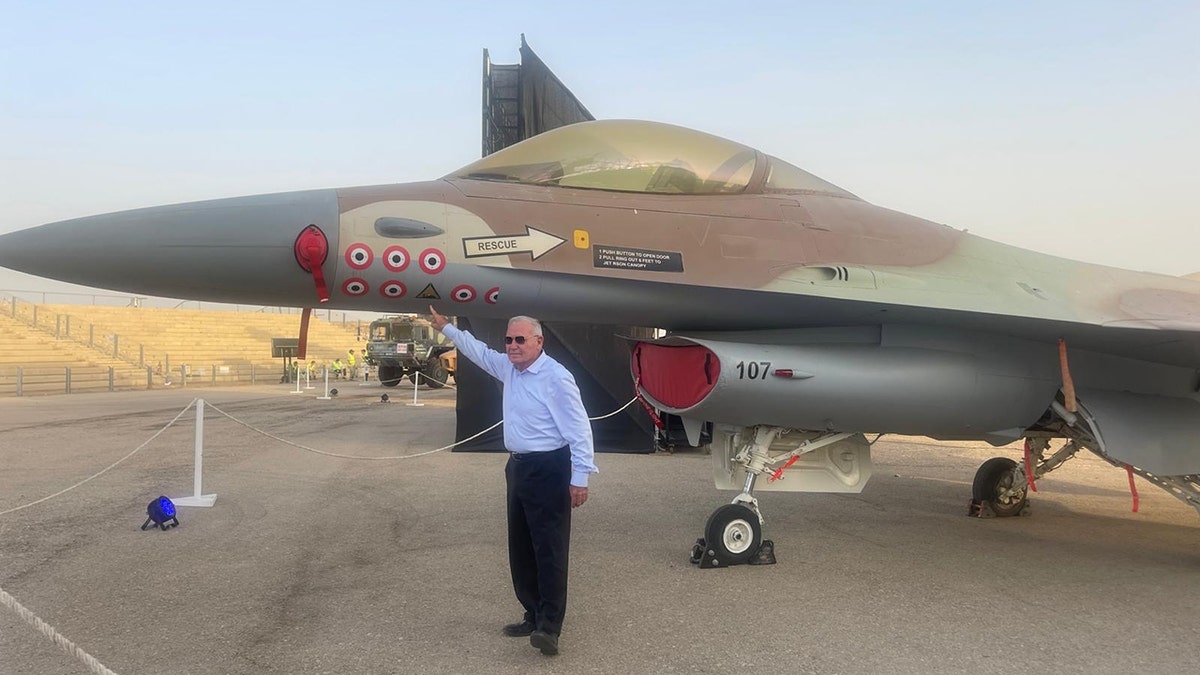Articles in this Cluster
21-06-2025
The article outlines Israel’s potential options to disable Iran’s deeply buried Fordow nuclear enrichment site if the U.S. does not participate. These include deploying the elite Shaldag (Unit 5101) commandos to infiltrate and plant explosives—similar to a recent operation against an underground Iranian-backed missile facility in Syria—conducting precision air operations, cyber/sabotage actions akin to Stuxnet, and cutting electrical power to permanently disable centrifuges. While Israel prefers U.S. B-2 bombers with 30,000-pound bunker-busters for a decisive strike, officials argue that targeting Fordow could shorten the conflict and deter adversaries. Prime Minister Netanyahu hinted at undisclosed Israeli capabilities if forced to act alone.
Entities: Israel, Iran, Fordow nuclear enrichment site, Shaldag (Unit 5101), United States • Tone: analytical • Sentiment: neutral • Intent: analyze
21-06-2025
The article examines Iran’s heavily fortified Fordow uranium enrichment facility, buried about 80m inside a mountain and housing hundreds of centrifuges, including units capable of enriching uranium to near weapons-grade levels. With Iranian air defenses degraded by recent Israeli strikes, attention has turned to whether Israel—or the U.S.—could destroy or disable Fordow. Analysts note standard bunker-buster bombs likely lack the penetration needed; even the U.S. GBU-57 might require multiple precise strikes, posing major operational risks. Israel hints at alternative “contingencies,” including special operations or indirect methods like disrupting power—similar to what may have crippled centrifuges at Natanz. While Iran denies pursuing nuclear weapons and the IAEA says it has no proof of a weapons program, Fordow’s expansion and past detection of 83.7% enriched particles keep it central to Israel’s strategic calculus, though diplomacy could still forestall an attack.
Entities: Fordow, Iran, Israel, U.S., IAEA • Tone: analytical • Sentiment: neutral • Intent: analyze
21-06-2025
Sky News analysis shows a sharp build-up of US Air Force assets moving toward the Middle East—many transiting through the UK—as President Trump weighs direct involvement in the Israel-Iran conflict. Between Monday and Thursday, 52 US military aircraft flew over the eastern Mediterranean, including 32 transport/cargo, 18 refuellers, and two reconnaissance planes, with additional fighter movements (F-22s, F-35s) suggested. UK air bases saw 63 US military arrivals from 16–19 June, more than double earlier rates, with activity also funnelling through Crete’s Chania airport.
Analysts say the deployment indicates preparation for enhanced warfighting capability, notably air-to-air refuelling that could extend range and payloads for strikes on Iran. The US uniquely fields the 30,000lb GBU-57 Massive Ordnance Penetrator, seen as the only conventional weapon potentially able to reach Iran’s deeply buried Fordow enrichment site.
Meanwhile, Israel has struck most of Iran’s western missile bases, forcing reliance on central facilities farther from Israel, which limits Iran’s use of certain advanced solid-fuel missiles. Satellite imagery shows extensive damage at a Kermanshah missile site, though analysts note Israel’s limited payloads without advanced refuelling may constrain bunker-buster use—highlighting why US support could be pivotal.
Entities: United States Air Force, United Kingdom, Middle East, Donald Trump, Israel-Iran conflict • Tone: analytical • Sentiment: neutral • Intent: inform
